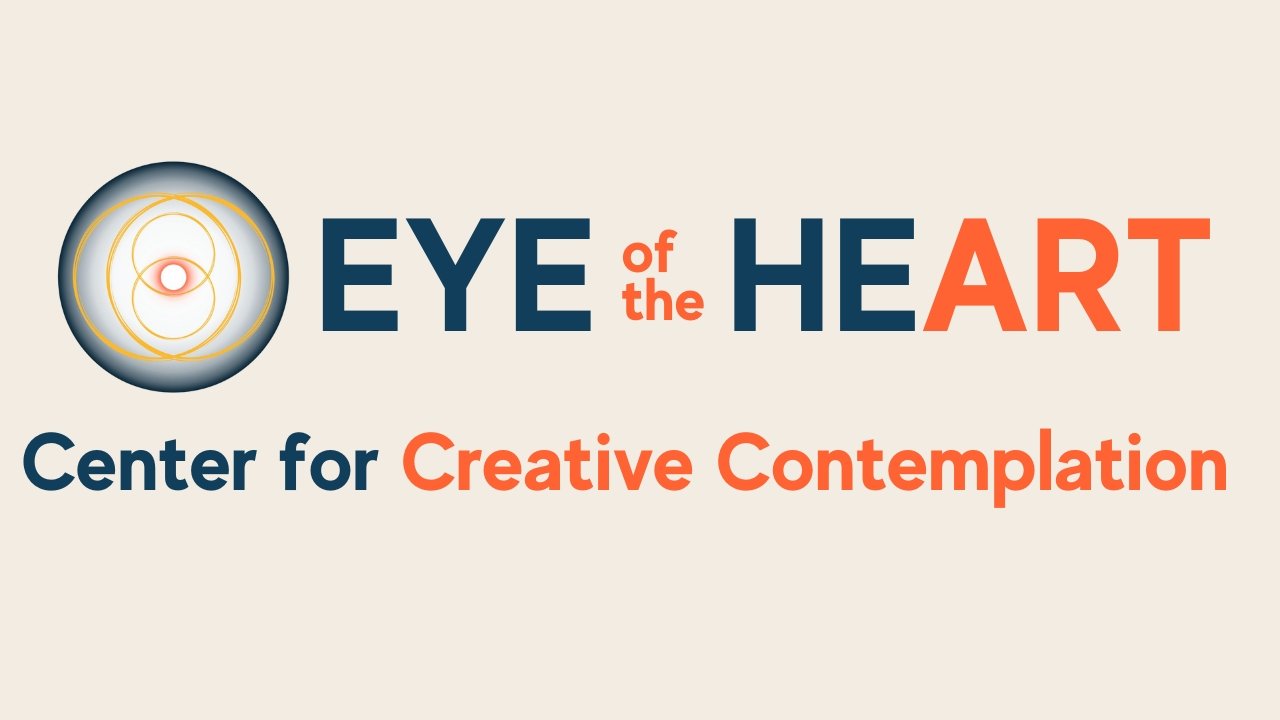Embracing the Writer’s Tears and Surprises
I taught my first spiritual memoir class when I was twenty-eight, still in graduate school, and two years before my first book was released. Every one of my students was older than me. When I gave them a prompt, invariably someone ended up in tears. I was astonished; this had never happened in my MFA workshops! Nothing in my teacher training or literary education had prepared me to support my students as creative writing rearranged their inner lives.
Despite the fact most writers write as a way to grow aware of our thoughts, feelings, beliefs, and imaginative potential; despite the revelatory joy of writing which drew us to the page in the first place; despite Robert Frost’s wisdom, “No tears in the writer, no tears in the reader,” the literary world keeps an arm’s length between the text and the writer’s being. When commenting in writing workshops, we MFA students were taught to focus on craft. Addressing content, much less the writer’s intent or process, was too dangerous for the university classroom. Some professors went so far as to preach Roland Barthes’ theory that “the author is dead”; meaning-making is entirely in the hands of the reader, and what happens within the writer is irrelevant. In the academy, the admission that writing felt therapeutic was considered shameful. We learned to keep our mouths shut.
But I never stopped cherishing writing’s transformational surprises. When my first students, ordinary adults not yet indoctrinated into the emotional ethics of writing workshops, started weeping as they wrote and shared, I loved them for it. They exposed what I’d suspected all along—that creative energy isn’t unidirectional, moving from writer to page to reader, but rather it’s radial, influencing everyone in its proximity. Creativity isn’t didactic, one source spouting words into another’s ear; it’s dialectical, a conversation between self and source, between craft and meaning, between writer and reader. At writing’s best, all parties are changed as the writing changes. Creative potential abounds.
Now I say boldly and with conviction: Creativity has the power to transform hearts and communities. Three years ago, I started Eye of the Heart Center for Creative Contemplation with three women who share this understanding; through our programs, we’re generating a culture where the arts and art-making are honored for their contemplative dimension. Creative practice changes us for the better and connects us in ever more meaningful ways. The art that emerges has more integrity and, I believe, more influence. Often it’s more artful. Certainly the world is better for it.
I’m infinitely grateful to have companions in this effort—and invite you to join us. What began as a loose collective is becoming a real organization. Next year we’ll hire our first administrator. On November 14, we’re gathering in person to celebrate the abundance of creative, intuitive, and healing gifts moving through our work. You’re invited! We’re also hosting our first online silent auction, with services (including an hour with a publishing professional), original art from our members, and fun gifts. Please support our creative, intergenerational, multi-lingual programming by bidding on items or making a tax-deductible contribution.
Together we can center compassion and connection in our writing world.
—Elizabeth Jarrett Andrew
